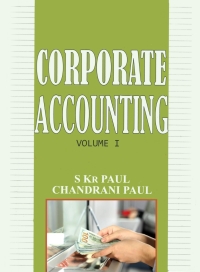Question
Classify each of the presented audit procedures according to the types of evidence collection procedures: (1) inspection or physical examination, (2) confirmation, (3) inspection of
Classify each of the presented audit procedures according to the types of evidence collection procedures: (1) inspection or physical examination, (2) confirmation, (3) inspection of documents, (4) analytical procedures, (5) inquiries of the client, (6) recalculation, (7) reperformance, and (8) observation.
1.Review the accounts receivable with the credit manager to evaluate their collectibility.
2.Compare a duplicate sales invoice with the sales journal for customer name and amount Count inventory items and record the amount in the audit files.
3.Obtain a letter from the clients attorney addressed to the CPA (Chartered Professional Accountant) firm stating that the attorney is not aware of any existing lawsuits.
4.Extend the cost of inventory times the quantity on an inventory listing to test whether it is accurate.
5.Obtain a letter from an insurance company to the CPA firm stating the amount of the fire insurance coverage on buildings and equipment.
6.Examine an insurance policy stating the amount of the fire insurance coverage on buildings and equipment.
7.Calculate the ratio of cost of goods sold to sales as a test of overall reasonableness of gross margin relative to the preceding year.
8.Obtain information about internal control by requesting that the client fill out a questionnaire.
9.Trace the total in the cash disbursements journal to the general ledger.
10.Watch employees count inventory to determine whether company procedures are being followed.
11. Examine a piece of equipment to make sure that a major acquisition was actually received and is in operation.
12.Calculate the ratio of sales commission expense to sales as a test of sales commissions.
13.Examine corporate minutes to determine the authorization of the issue of bonds.
14.Review the total of repairs and maintenance for each month to determine whether any months total was unusually large.
15.Obtain a written statement from a bank stating that the client has $15 671 on deposit and liabilities of $500 000 on a demand note.
16.Obtain a letter from management stating that there are no unrecorded liabilities.
Step by Step Solution
There are 3 Steps involved in it
Step: 1

Get Instant Access to Expert-Tailored Solutions
See step-by-step solutions with expert insights and AI powered tools for academic success
Step: 2

Step: 3

Ace Your Homework with AI
Get the answers you need in no time with our AI-driven, step-by-step assistance
Get Started


